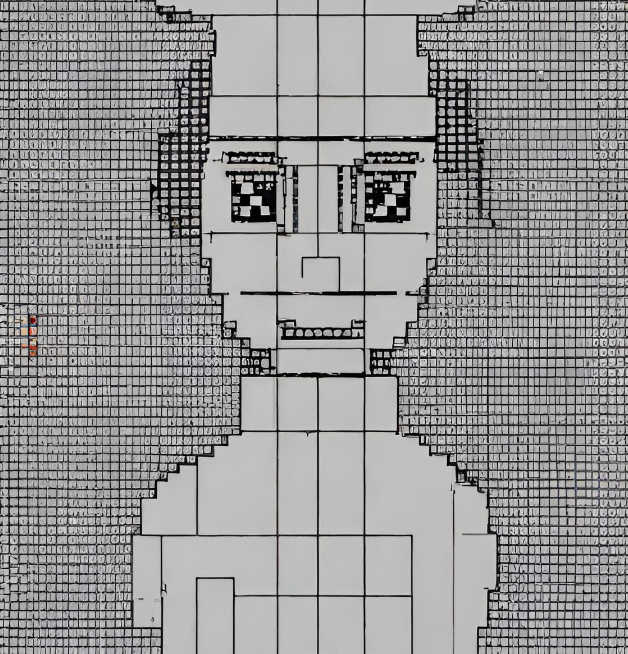120 reads
What is the Large Ill-Conditioned Nonlinear Brusselator System?
by
March 29th, 2025
Audio Presented by

We publish those who illuminate the path and make the intricate intuitive.
Story's Credibility

About Author
We publish those who illuminate the path and make the intricate intuitive.